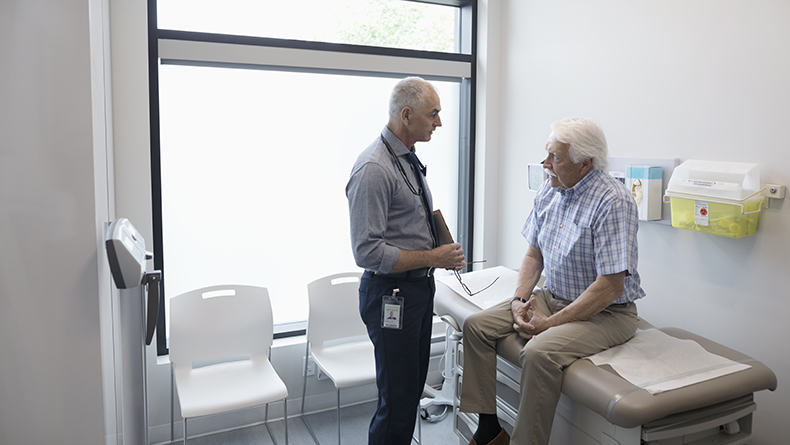AARP Hearing Center
Medicare’s Annual Wellness Visit: What to Expect
By Claire Noel-Miller, May 21, 2019 08:00 AM

This is the second in a series of blog posts on Medicare’s annual wellness visit. You can also read a new AARP Public Policy Institute study on the topic.
Since 2011, Medicare beneficiaries have been eligible for an annual wellness visit (AWV), a preventive health benefit created by the Patient Protection and Affordable Care Act of 2010. Despite this benefit now having been around for over eight years, there’s still a lot of confusion about exactly what this office visit involves.
Confusion, of course, can affect whether people actually use the benefit. A recent study by AARP’s Public Policy Institute (discussed in the first blog post of this series), examines usage rates, specifically among people enrolled in Medicare’s private plan option (known as Medicare Advantage or MA plans).
So what exactly is an annual wellness visit? Here are three things that consumers and policymakers alike should know:
The AWV is Not a Routine Physical Exam.
As most people who have had one know, a routine physical exam includes a hands-on exam by a clinician, may involve bloodwork or other tests, and is not associated with a specific medical complaint or condition. In contrast, the AWV focuses on preventive care and wellness planning. It does not include a routine physical exam—except for a few routine measurements such as height, weight, and blood pressure. The visit is an opportunity for clinicians to take stock of a Medicare beneficiary’s medical history, clarify which other clinicians care for the patient, and review all of the person’s medications. It is also a time to discuss health goals and develop a wellness plan that meets each person’s objectives (e.g., through a weight loss program, plan for fall prevention, and scheduling mammograms and other screenings). Traditional Medicare does not pay for routine physical exams, but some MA plans cover physicals as an additional benefit.
The AWV Includes Two Health Screenings
During the first AWV, clinicians will evaluate people for cognitive impairment and will screen beneficiaries for depression. The AWV is also a chance for clinicians to evaluate beneficiaries’ functional abilities, risk of falls and other safety issues.
The AWV is Free for Medicare Beneficiaries
Unlike standard office visits that are typically subject to a deductible and a coinsurance payment, Medicare enrollees pay nothing out-of-pocket for an AWV. But consumers should be aware that during their visit, their clinician may recommend tests or perform services like a hands-on exam that are not formally included in the AWV visit, potentially causing beneficiaries to incur out-of-pocket costs. For example, our previously mentioned analysis shows that almost a third of people going for an AWV got a blood test to measure their cholesterol (lipid panel) on the same day. Such blood tests are not part of the AWV. For most people, Medicare covers screening lipid panels only once every five years. Beneficiaries who get the test with any more frequency during their AWV incur a coinsurance and deductible.
In the next blog post of this series, we’ll provide further detail, covering 10 Things to Know About AWVs.

Claire Noel-Miller is a senior strategic policy advisor at the AARP Public Policy Institute. Her areas of expertise include traditional Medicare, Medicare Advantage and quantitative research methods applied to health policy issues.































































